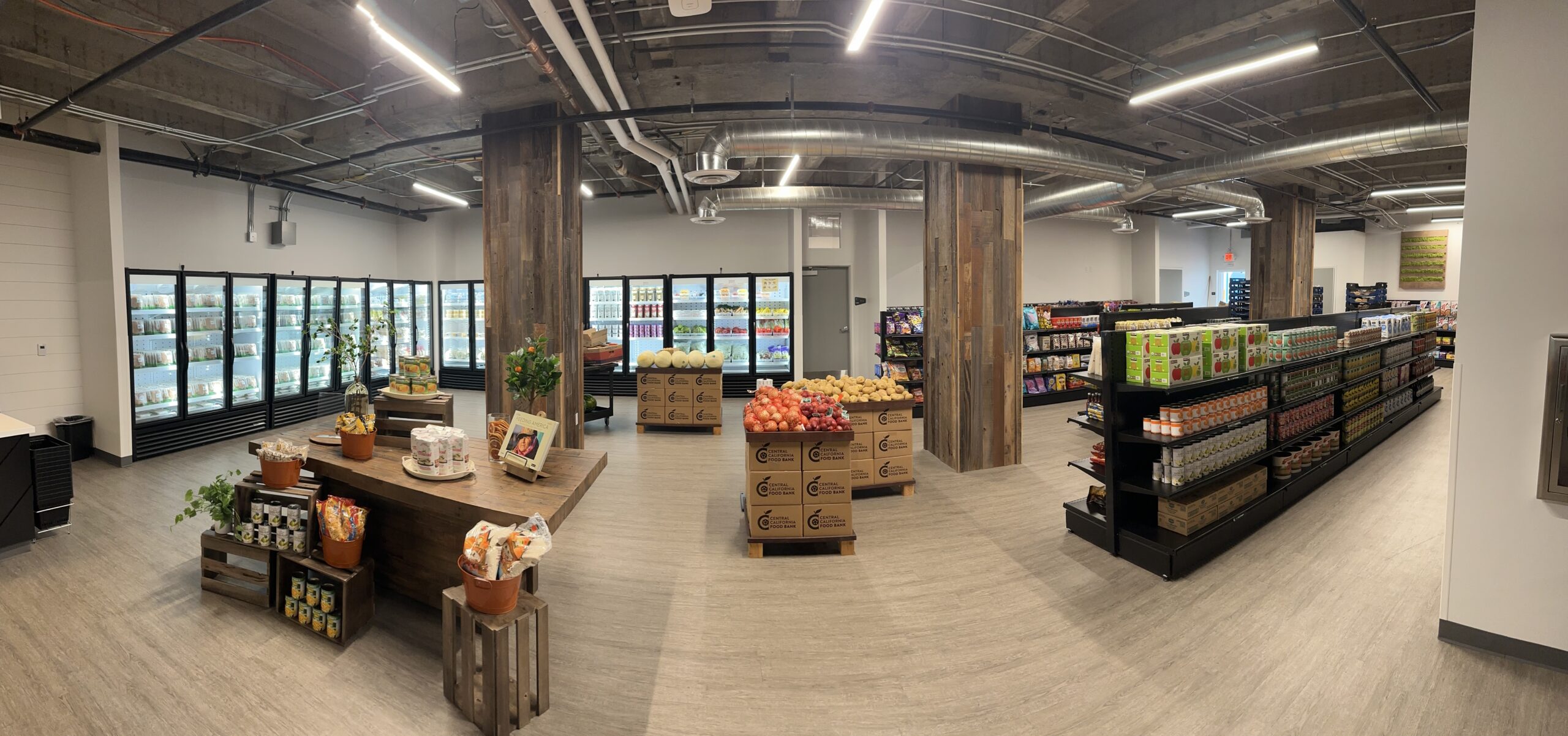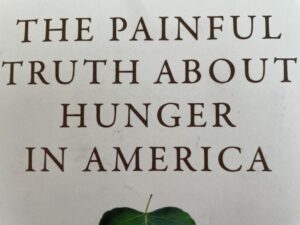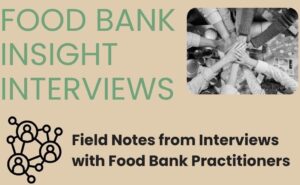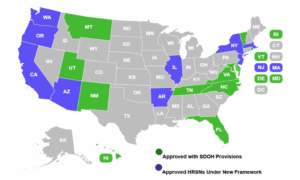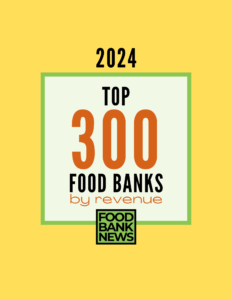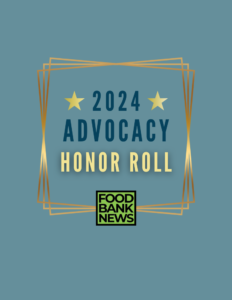Central California Food Bank is taking a “quality over quantity” approach to its First Fruits Market, a free grocery store it opened in September 2023 in downtown Fresno.
Located on a campus with other nonprofit and service-based organizations, the market serves about 250 families on each of the three days that it’s open. Clients can come twice a month to shop a selection of fresh fruits and vegetables, as well as harder-to-find staples of diverse cuisines.
A major goal of the market has been to stock the shelves with culturally appropriate food. “Focusing on high quality, fresh, culturally appropriate food leads to better nutrition in California, less waste, and a more dignified experience,” said Jaclyn Pack, Director of Food Acquisitions. “That’s what our ultimate goal is.”
Having culturally relevant food has also been key to drawing in more people from specific communities. “Having the food they recognize is a gentle nudge in the right direction. The community feels like it’s being acknowledged,” said Pack, who spoke about First Fruits at Fresh Connect Central’s On Track with Innovation conference last month and in a subsequent interview.
Interest in the market has been so strong that the food bank plans to increase its hours to seven days a week. Currently, there’s often a line to gain entry, which was never the intention, Pack said. “We underestimated the need and desire in our community,” she said. “But hopefully, within a year or two, people will realize we’re not going anywhere and that they can come by whenever they need to.”
Stocking the shelves with culturally appropriate food required getting to know the people coming into the market. “When we first opened, we were just trying to figure out who was in the area,” Pack said. “We knew we had a very big Hispanic community, but then we started seeing that there was also this Southeast Asian community. And, we didn’t quite have a comprehensive list of what they would need.”
To solve that problem, Pack and her team tapped connections in their network. At the time, the Central California Food Bank was working with the Fresno-based Asian Business Institute and Resource Center (ABRIC), which represented many Southeast Asian businesses in the region. “I was like, ‘Hey, we’re trying to open this market, and there are products that we would definitely like to have, but we don’t know where to get them,’” Pack said.
Together, the two organizations curated a menu specifically tailored to the Southeast Asian community in Fresno. ABRIC also connected the food bank with a local Southeast Asian grocery store, which allowed Pack and her team to source specific items to stock the shelves, while supporting a business that community members already frequented.
ABRIC’s help in creating a menu of food items extended to preferred brands — including a specific brand of jasmine rice that Southeast Asian community members favored. “The Buddha brand. Everybody knows what it is. It’s what the family has always stocked. Myself, not being from that community, wouldn’t be able to know that.”
Overall, Pack said that tailoring food items has been incredibly positive. “People are starting to recognize this food and notice that it’s not just lettuce and stuff that’s donated,” Pack said. “It’s bok choy, it’s daikon, it’s collard greens, it’s nopales [cactus]. All of this is at the market and available for them to choose.”
Providing culturally appropriate food is also a way for the Central California Food Bank to support local farmers, most of whom tend to grow specialty food. Working with the California Family Farmer Alliance, Pack has begun earmarking funds for sourcing produce from local farmers.
“We focus on sourcing from small to mid-sized farmers,” she said. “And we want to make sure that whatever we’re procuring supports both local agriculture and food insecure communities. We want to bridge that gap, strengthen our regional food system, and keep our dollars local.”
This type of strong local partnership can be helpful in unexpected ways, too. For example, Pack said that the food bank was first introduced to ABRIC – which helped the food bank curate the Southeast Asian menu – by the California Family Farmer Alliance.
The food bank wants to use the lessons learned with the First Fruits Market to help its partners and member pantries potentially set up client-choice markets of their own. The first step is to listen, Pack said. “You don’t know what’s a barrier until you hear about it. Having these conversations with stakeholders is by far the biggest way to break down barriers,” she said. “We’re here to listen, implement when we can, and make sure that we keep people’s pantries full when they need us.” – Mike Peterson
Mike Peterson is a writer and editor based in San Diego. He is passionate about telling stories that matter and using the written word to effect positive change.
Like what you’re reading?
Support Food Bank News
This article was made possible by the readers who support Food Bank News, a national, editorially independent, nonprofit media organization. Food Bank News is not funded by any government agencies, nor is it part of a larger association or corporation. Your support helps ensure our continued solutions-oriented coverage of best practices in hunger relief. Thank you!
